Utica and the Leather Industry
Introduction
Text-to-speech Audio
This area was once the heart of downtown Utica, but the highway system's expansion has erased many of the early buildings located here. Utica was uniquely located the early routes for transportation through the area: The Mohawk River, Erie Canal, and the railroad all make Utica a hub of commerce. Early Utica had several tanneries and supported numerous leather artisans such as shoemakers, harness makers, and saddle makers.
Images
Detail of Morrcco Alley, 1839
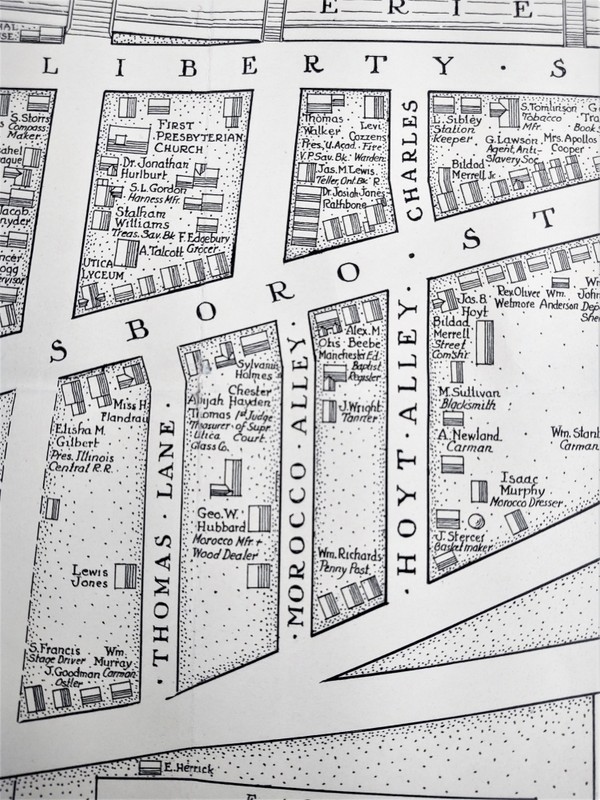
Map of the Erie Canal
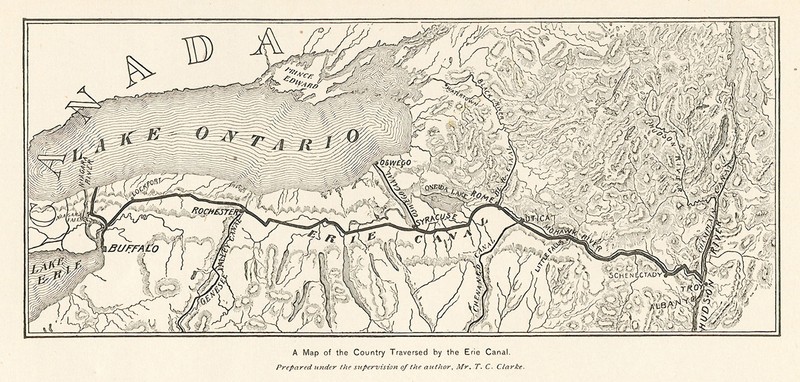
Grades of leather
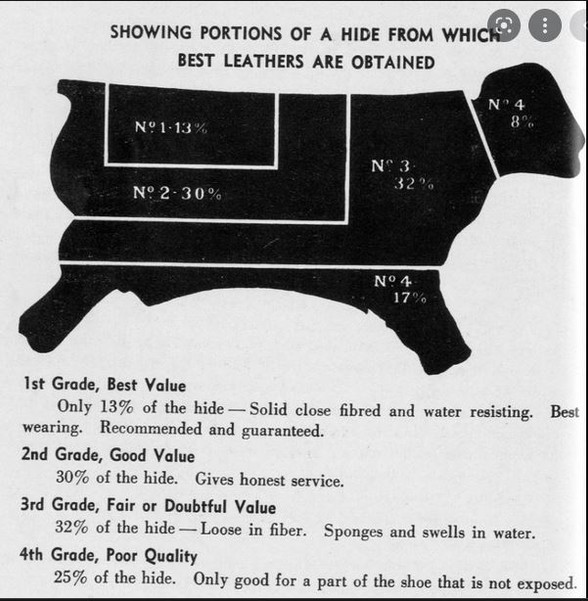
Saddle and Horse harneses were made here.
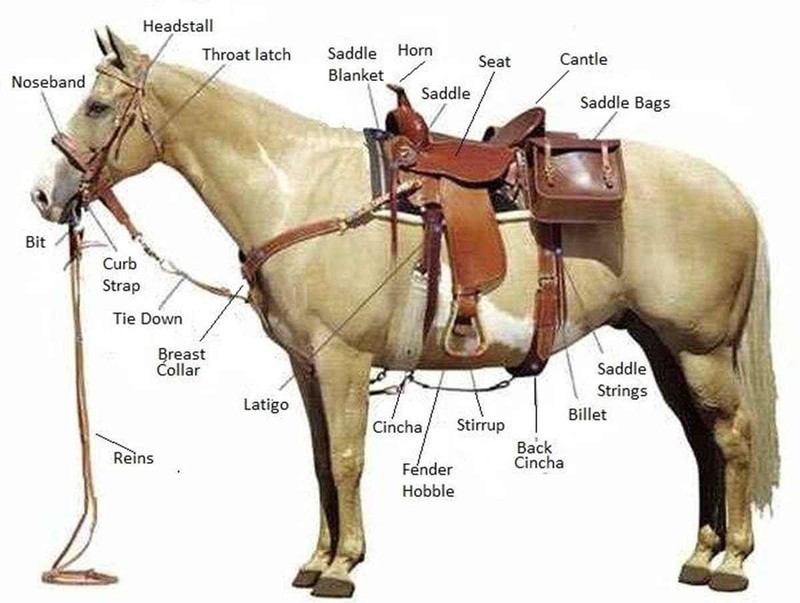
Map of hemlock trees in New York
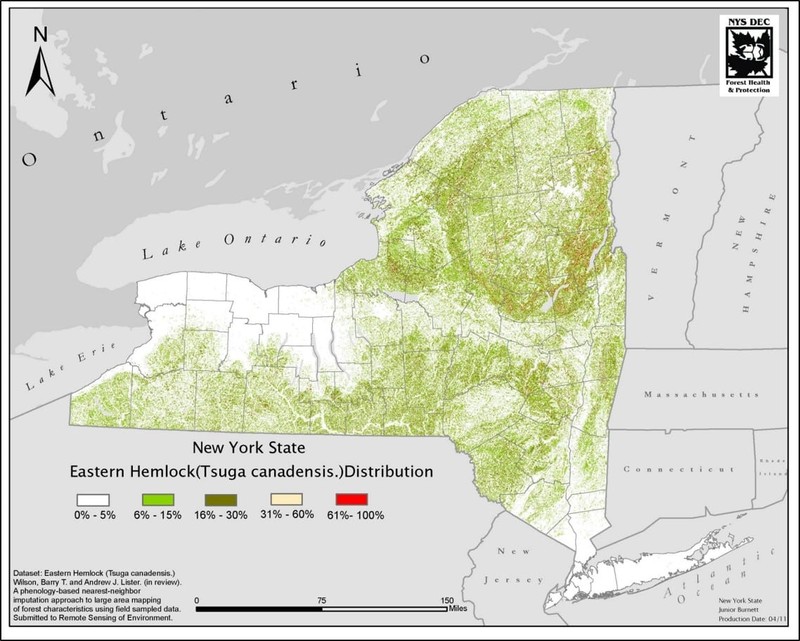
Backstory and Context
Text-to-speech Audio
In the eighteen-thirties through the eighteen-nineties, a few blocks west of here was the location of several leather working industries. Saddle and harness makers, leather trunk makers, and leather dealers had small shops just west of Genesee Street.
Why did we have a leather industry in New York? In New York, leather was produced in the Catskill and Adirondack mountains where the Hemlock Trees used in tanning grow. It is also connected to another very popular business in the area, cheesemaking. When a cow is no longer productive in making cheese, they are recycled into food and leather. Other leather industries that sprung up in the Mohawk Valley took advantage of the dairy-leather connection, for example, glove-making in Gloversville.
Leather was shipped by the canal and railroad. The Erie Canal opened in eighteen twenty-five, the Syracuse and Utica Railroad opened in eighteen thirty-six. Both helped bolster the leather trade in Utica. A few blocks west of here, there used to be a street called Morrocco Alley, named after Morocco Leather, a soft, pliable form of leather widely used for gloves and the uppers of ladies' shoes and men's low cut shoes. This street was located next door to the current Adirondack Bank Center at the Utica Auditorium.
Sources
Bagg, Moses M.. Pioneers of Utica. Utica, New York. Curtis & Childs, 1877.
Oneida County History Center
https://www.eriecanal.org/maps/NYScanalmap-1896.jpg
http://livedoor.blogimg.jp/veg_tan/imgs/a/4/a4e3a8a6-s.png
https://i.pinimg.com/originals/75/f9/52/75f9523cd22f78f5be0c9a9af82b8326.jpg
NYDEC
